Laureus Sport for Good invests in programmes that use the power of sport to engage with young people with the goal of ending violence, discrimination and disadvantage in their communities. Through funding grants and partnerships worth more than £150million over the last 20 years, it has changed the lives of more than six million children. In this two-part article, our reporter Emily Salley investigates Laureus’ groundbreaking ‘Model City’ programme and the impact it is having in London (All images produced before the pandemic).
Model City London is a place-based initiative which aims to improve social integration through sport with an emphasis on giving local people a bigger voice for change in their communities.
After success in US cities New Orleans and Atlanta, Laureus Sport for Good launched Model City London in 2018 in partnership with Nike and the Mayor of London.
The aim of Model City London is to empower local people from three areas (Barking, Haringey and Hounslow) and help them - through a bottom-up funding approach - drive the change they want to see. Work has continued throughout 2020 despite the pandemic.

Lee Parker, Programmes and Grants Manager for Laureus, spoke to ConnectSport about Model City London’s four-phase plan and the benefits of this bottom-up approach in contrast to traditional funding.
This process allows local communities to identify the challenges in their area, develop a strategy and use this to empower people through sport.
The first step is research, which is vital to assess what the real issues in an area are, where the need is and what community groups and facilities already exist.
STRENGTHS
One of the projects’ key strengths is that it is hyper-local, meaning it focuses upon one area where change is needed.
“It's not aimed at taking a whole borough or a whole city and trying to change it,” Lee explained. “This really breaks down the disparity between inequalities and areas.”
For example, Hounslow has areas with high levels of deprivation but it also has parts, like Chiswick, which are more affluent. For this reason, the Model City London pilot in Hounslow is working in Bedfont, Feltham and Hanworth where there is a greater need for change.
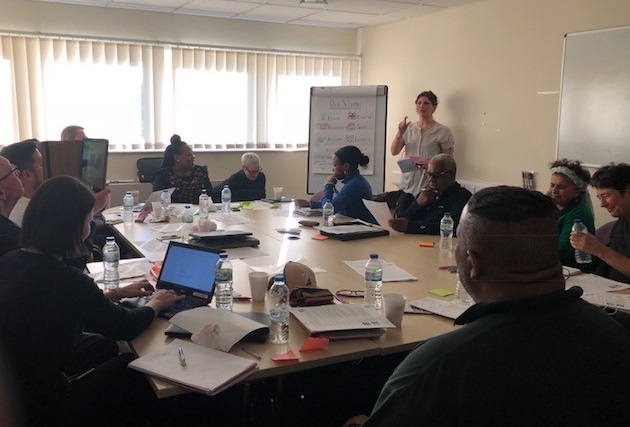
Research is conducted to identify the factors which already work well, what facilities and community groups exist in the area prior to Laureus’ involvement.
“It's about leveraging on what exists and listening to the community about the hotspots for people to play sports and games, whether it's community centres or youth clubs or churches and open spaces.
“It's about understanding what is there, what exists but also helping the group to understand that if there are open spaces or facilities which they really can't access because they're privately owned, how do we unlock that?”
INVESTMENT
Following the research stage, phase two brings together community members who build a ‘coalition’ and develop their own strategy to improve their area.
“The voices of these areas and people who work in grassroot organisations come together and work with Laureus to start creating a plan for what they want to change,” Lee said.
To implement this plan, investment is needed which is step three of the process. This is where Model City’s approach differs significantly from traditional funding.
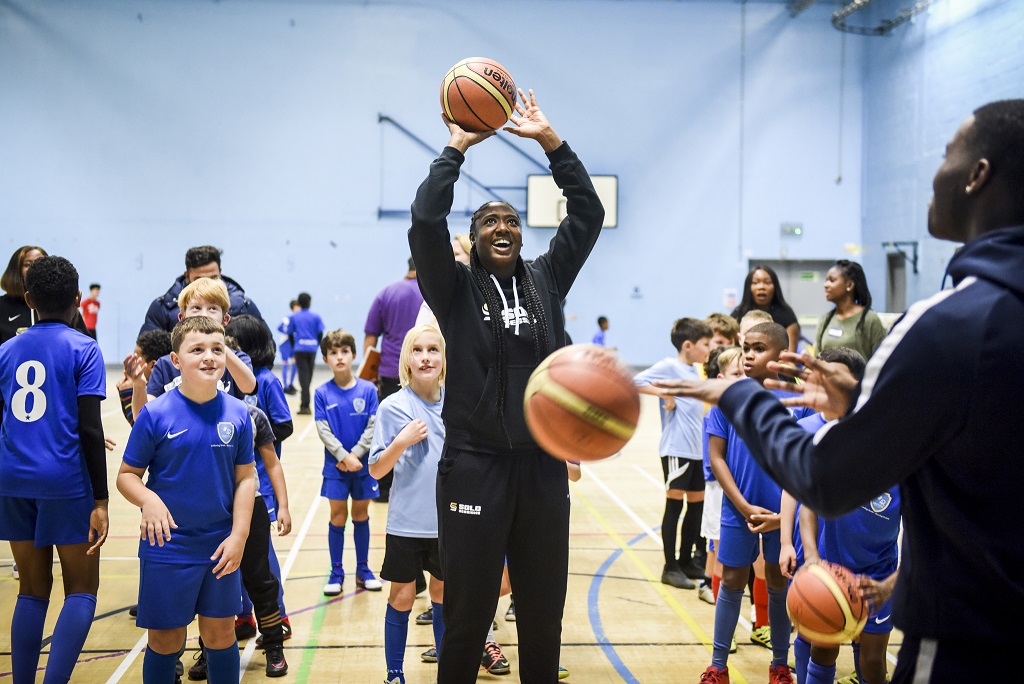
Usually, with traditional methods, decisions are made without the prior involvement of the local community, which often fails to address the actual problems in an area.
Lee explains how Model City’s approach is different. “The funding that is released is not decided upon by Laureus or the funders.
“It's decided by a small group made up of the same people that decided what the aims and ambitions are for their area.
ADVOCATES
“If you bring people together who are advocates in the area, who have been around in the area for 20 or 30 years, who have seen initiatives come and go…. they will tell you what is needed.”
Nike’s Social and Community Impact Senior Director EMEA , Dan Burrows, spoke of the benefits of Model City’s approach.
“Projects such as Model City are key to Nike's commitment to utilise sport to create healthy, active communities and an equal playing field for all, especially kids and young adults,” he tells ConnectSport.
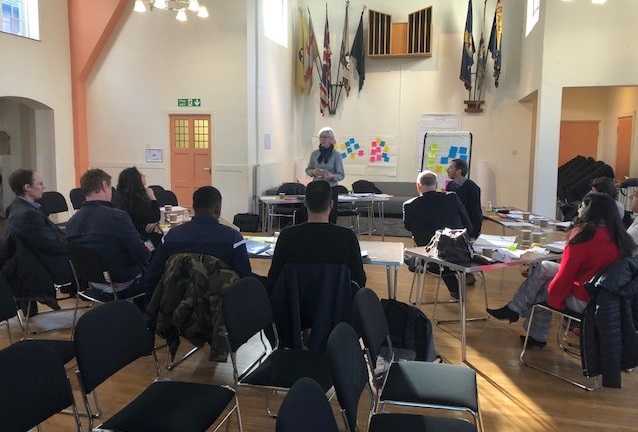
“Through our work with Model City, we have been proud to partner with Laureus and the London Mayor's office to empower local coalitions to create positive change in their local area.
“We recognise the value in this approach and along with our partners, feel strongly about the power of community sport to benefit some of the most under-served in the city.”
Kerri Atherton, from the Greater London Authority, manages the partnership between the Mayor of London and Model City. She also remarked on the unique funding methods of the Model City London project.
AMBITIOUS
She explained: “Model City London is one of the most ambitious and exciting parts of the Mayor’s community sport programme as for the first time we have had an opportunity to invest differently in London’s communities by empowering local people and organisations on the ground to make decisions for their local area together, and deliver programmes in response to their needs.”
Finally, there’s the transition stage. Here, the phases are revisited to evaluate if there are any new changes that the community wants to introduce but ultimately this stage is where sustainability is instilled in the model and funding can be withdrawn.
“These place-based funding approaches are not built to be there forever,” Lee explains.
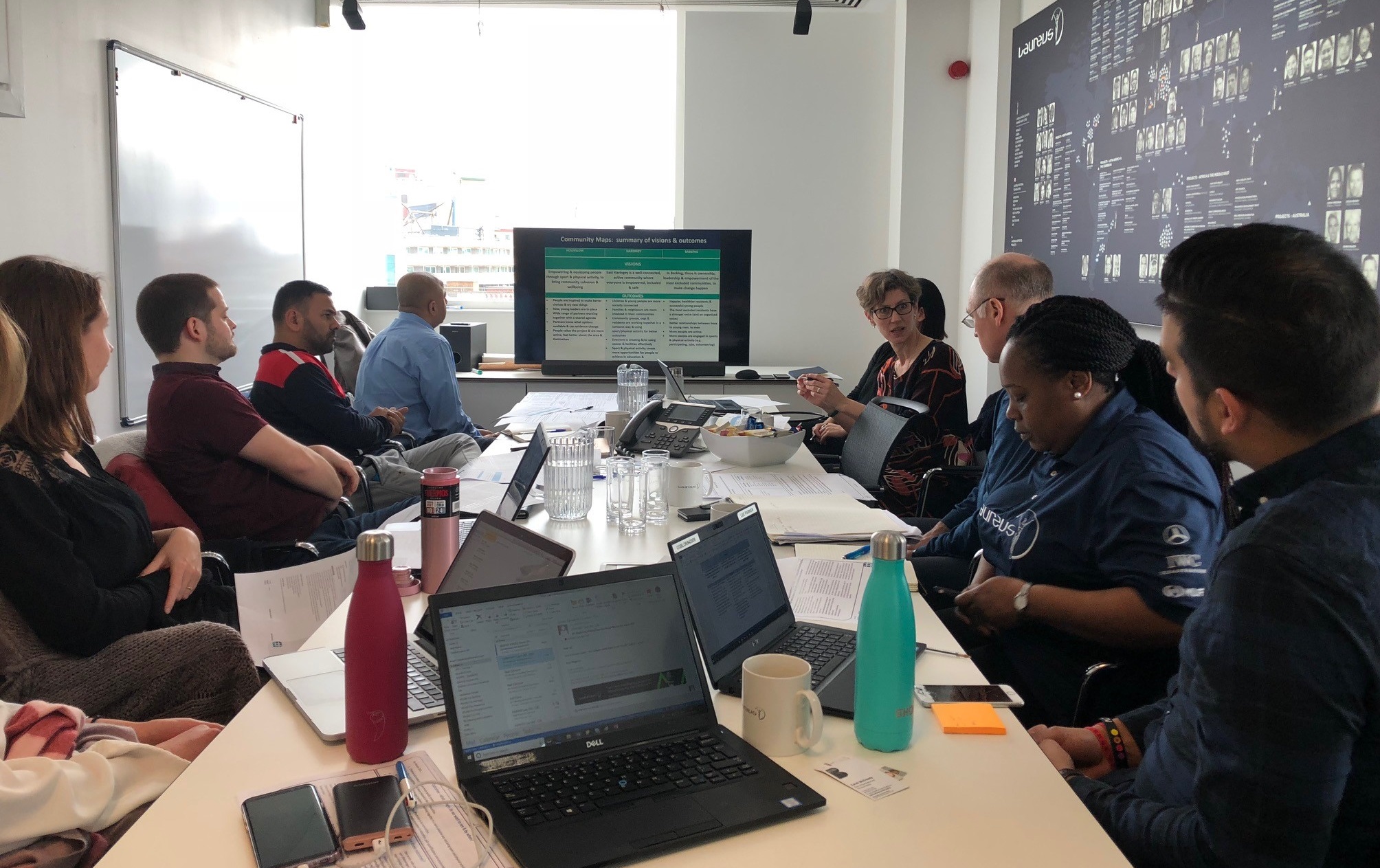
“It’s all about transitioning it into the hands of the local community so it’s kept as a bottom-up approach, and so they can find local, private businesses that want to feed into it. Then it becomes locally owned.”
This four-stage process may seem straightforward but Model City London has faced a number of challenges which they have had to overcome to start seeing improvements in each area.
One major hurdle identified in each of the three London areas was trust. The co-ordinators of each area had to prove that Model City was a long-term project and show it was the communities themselves who were going to be the driving force for change.
PROGRESS
“We had to show them the transparency of the process, and be open and honest from the very beginning,” Lee adds.
“We’ve got to a point now where that distrust is more or less gone,” he continues.
“We're talking about the people in those communities that people will listen to. The person that's been there for 20 years, or the Neighbourhood Watch person. They are the ones that hold the keys and we try to gain that trust from them to show them that this is a project that's long term.”
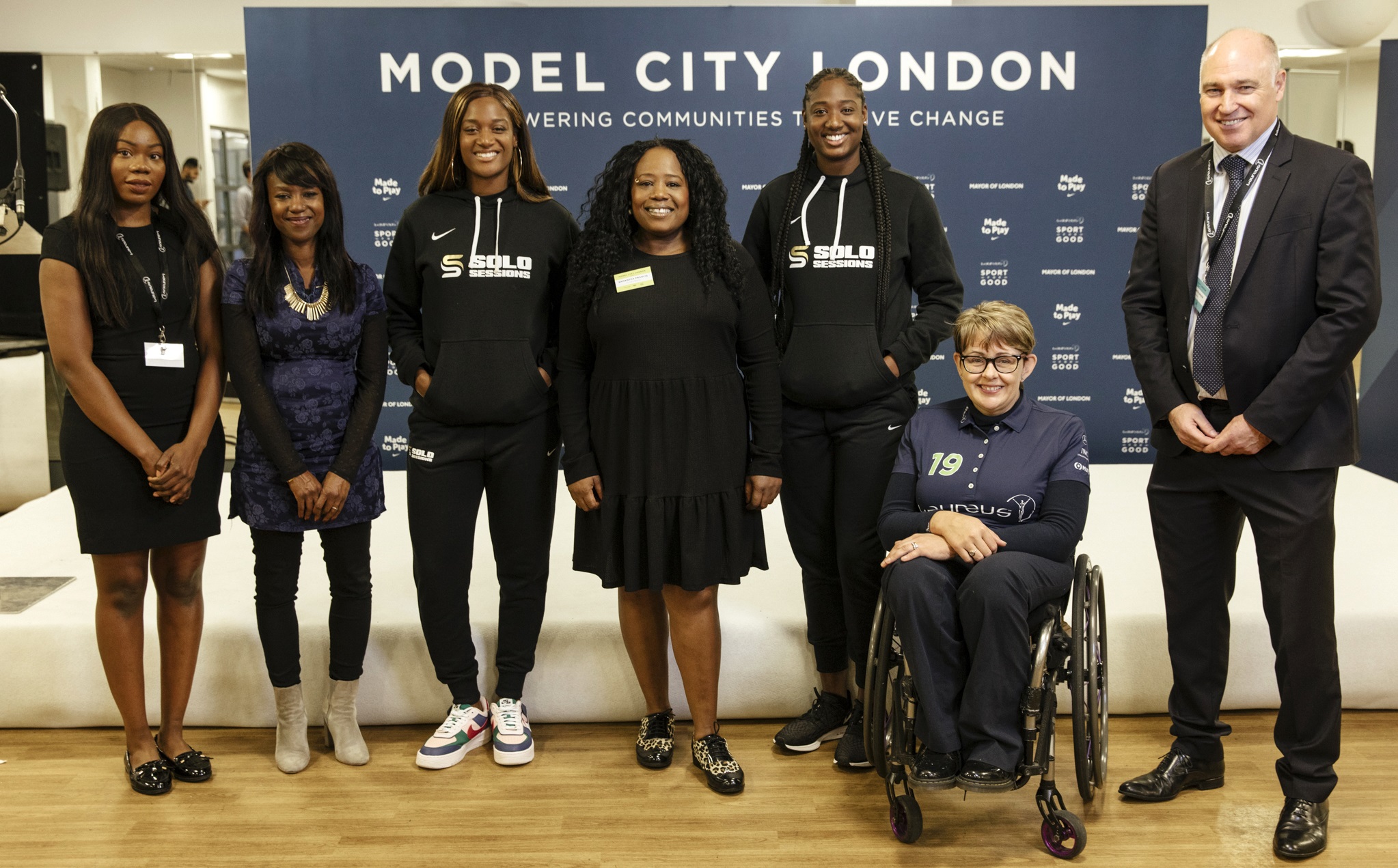
Kerri is proud of the work which has been carried out so far on the project as she speaks about the progress which has been achieved.
“We have also learnt an enormous amount about trust if we want to help build those local connections and make progress,” she says.
“Working in this way comes with many challenges, but it is rare and a huge achievement to have a genuine collaboration between communities, community leaders, people from across the whole of London, and partners like the GLA, Laureus and Nike successfully working together as a team.”
UNDERSTAND
The London programme has learnt a lot from Laureus USA, by watching Model City in action in New Orleans and Atlanta.
Lee says: “You have to be there to really understand and feel what's going on so that was the first bit of learning, that you need to be involved in these meetings, you need to see the people that care about the community come together and then make change.
“We’ve learned that it's not easy. There's a lot of issues, locally, domestically, and the distrust. You can't keep everyone happy but when it does play out, it's a beautiful thing.
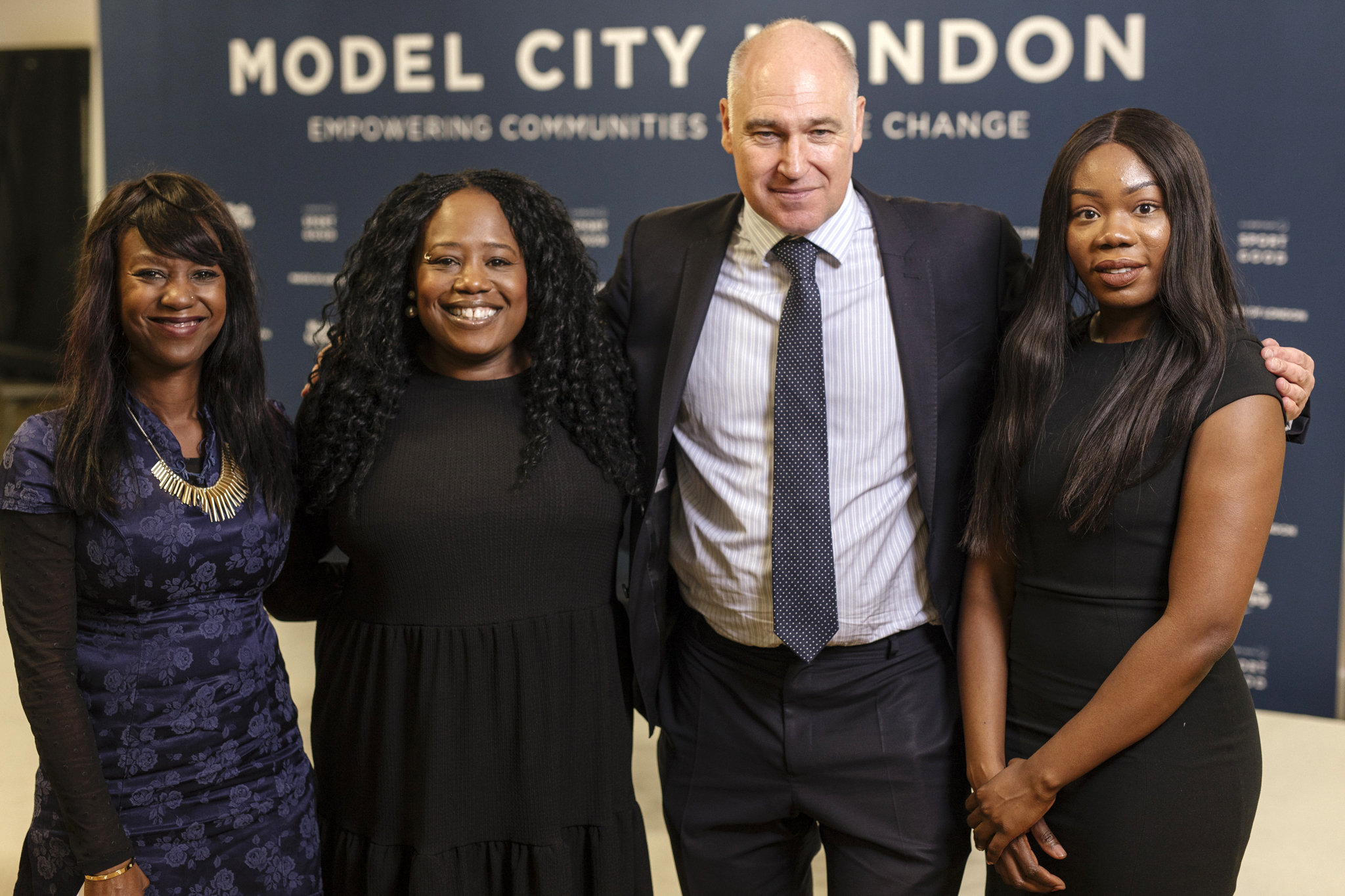
However, each Model City project is different as Lee notes: “The cautionary note is that Atlanta and New Orleans are not London, so it's not something that you just pick up and say ‘We're going do the same thing in London’ because it's different cultures, different needs.
“It doesn't have to look the same in every city.”
Model City has worked its magic in cities across the world, helping local communities to change their areas for the better through sport, and the next hope for Laureus is that their London project will reap the rewards too.
Despite only launching in 2018, already the three London areas are starting to see positive improvements. The act itself of everyone attending meetings to discuss the problems and needs of their area is strengthening these communities through active communication which wasn’t there beforehand.













